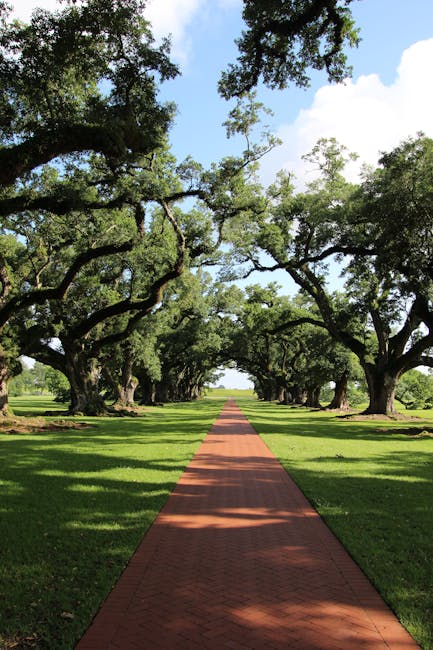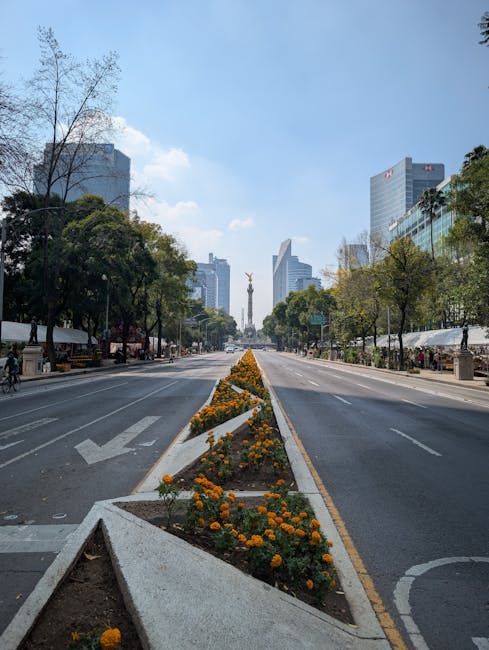Deciphering the Meaning of ‘Avenue’
The word “avenue” evokes a sense of grandeur, spaciousness, and often, a certain level of sophistication. But what exactly does it mean, and how has its meaning evolved over time? Beyond its straightforward definition as a wide road, the term ‘avenue’ carries a rich history and cultural significance that extends far beyond simple cartography. This exploration delves into the etymology, usage, and symbolic implications of this ubiquitous word.
Etymology and Linguistic Roots
Tracing the origins of “avenue,” we journey back to the Latin word “advenire,” meaning “to arrive at” or “to come to.” This suggests a sense of arrival, destination, or access. The word evolved through Old French “avenu(e)” which retained a similar sense of arrival or approach, often describing a path or road leading to a place of importance. This etymological foundation helps understand why avenues are often associated with significant buildings or destinations.
The Avenue as a Physical Space
In its most literal sense, an avenue is a wide road or pathway, often lined with trees or other landscaping features. This wide expanse sets it apart from narrower streets or lanes, lending it an air of spaciousness and elegance. The design of an avenue often reflects the cultural values and priorities of the time and place it was created. Grand avenues, frequently found in major cities, are often designed to impress, to serve as a statement of civic pride or national identity.
Think of the Champs-Élysées in Paris, the Avenue Paulista in São Paulo, or Fifth Avenue in New York City. These are not just roads; they are iconic symbols, representing the heart of their respective cities and attracting tourists and locals alike. The architectural styles of the buildings lining these avenues, the types of shops and businesses they house, all contribute to their overall character and cultural significance.
Beyond the Physical: Symbolic Meanings and Connotations
The word “avenue” transcends its purely physical definition. It often carries symbolic weight, signifying:

- Progress and Ambition: Avenues often serve as routes to success and achievement. The imagery of moving along an avenue can represent personal growth, career advancement, or the pursuit of dreams.
- Elegance and Sophistication: The wide, often tree-lined paths suggest an air of sophistication and refinement. High-end shops, exclusive residences, and prestigious institutions frequently reside along avenues, contributing to this perception.
- Community and Connection: Avenues often serve as centers of community life, connecting different parts of a city or town. They provide spaces for social interaction, recreation, and the exchange of ideas.
- Opportunity and Access: The literal meaning of “to arrive at” suggests access and opportunity. An avenue can represent the path towards achieving goals, accessing resources, or reaching a desired destination.
Avenue in Different Contexts
The use of the word “avenue” is not limited to physical streets. It appears in various contexts, each adding nuance to its meaning:

- Avenue of Approach: In military contexts, an “avenue of approach” refers to a route or pathway used to advance towards an objective.
- Avenue of Investigation: In academic and investigative contexts, an “avenue of investigation” refers to a particular line of inquiry or research direction.
- Avenue of Expression: In artistic contexts, an “avenue of expression” denotes a specific medium or style through which an artist conveys their ideas.
Cultural Variations and Nuances
The cultural perception and usage of the word “avenue” can vary across different regions. While in some cultures it retains a primarily literal meaning, in others it might carry more significant cultural connotations. For example, the grand avenues of European cities often carry a stronger historical and aristocratic association than similar roads in other parts of the world. The design, architecture, and even the names given to avenues can reflect the unique cultural values and historical experiences of a particular location.

The Avenue in Literature and Art
Avenues frequently appear in literature and art, often serving as more than just a setting. They are used to create atmosphere, symbolize journeys, and represent themes of ambition, progress, or social commentary. Authors and artists often employ the imagery of avenues to evoke specific feelings or communicate complex ideas to their audiences. The metaphorical use of the avenue, therefore, expands its significance beyond its purely physical representation.
Conclusion: The Enduring Significance of the Avenue
The word “avenue” is more than just a simple term for a wide road. It’s a word with a rich history, nuanced meanings, and enduring cultural significance. From its Latin roots to its modern usage, the word “avenue” continues to evoke a sense of grandeur, possibility, and the journey towards a destination. Understanding its etymology, symbolic connotations, and varied applications provides a deeper appreciation for this word’s lasting impact on our language and culture.

